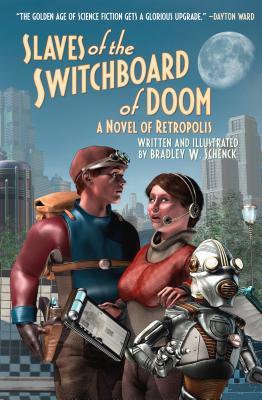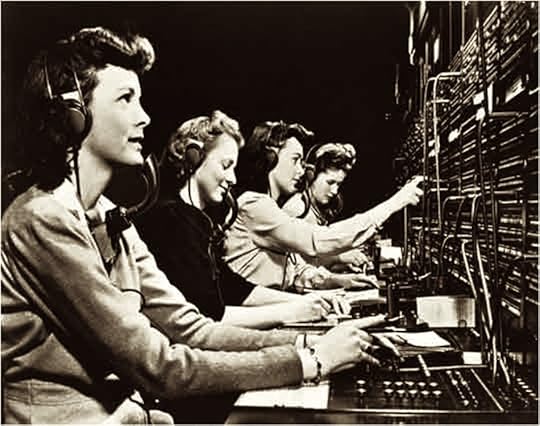What do you think?
Rate this book


352 pages, Hardcover
First published June 13, 2017







Described accurately on the back cover as "Fritz Lang's Metropolis meets Futurama" this book is set in a future that might have been envisioned in the 1930s, complete with space pirates, personal rockets, robot sidekicks, mad scientists, and private adventurers. There are a couple of main plots that coalesce at the climax—almost too many plots. There are a lot of groups running around and until they start bumping into one-another the story is pretty chaotic. The humor saves the novel, though, with the city's Experimental Research District (where all of the scientists maintain their laboratories to keep all of the explosions contained and the rest of the city safe) being my favorite location and the world's smallest giant robot my favorite character. Overall the book is pretty light, but the madcap adventure and pulpy descriptions and depictions of the art deco world are worth a look.
The Scarlet Robots of Lemuria had begun to climb the walls of the citadel by the time Dash remembered to check the time.